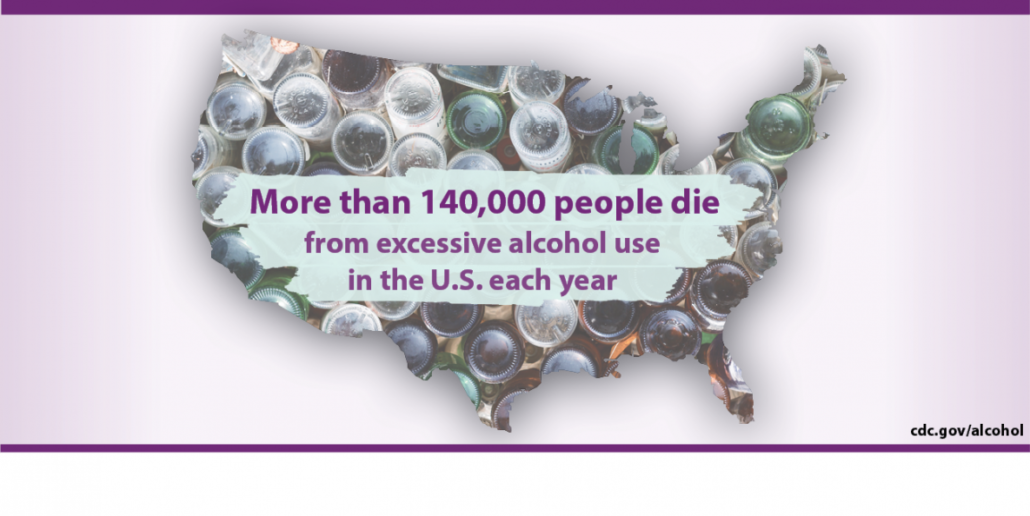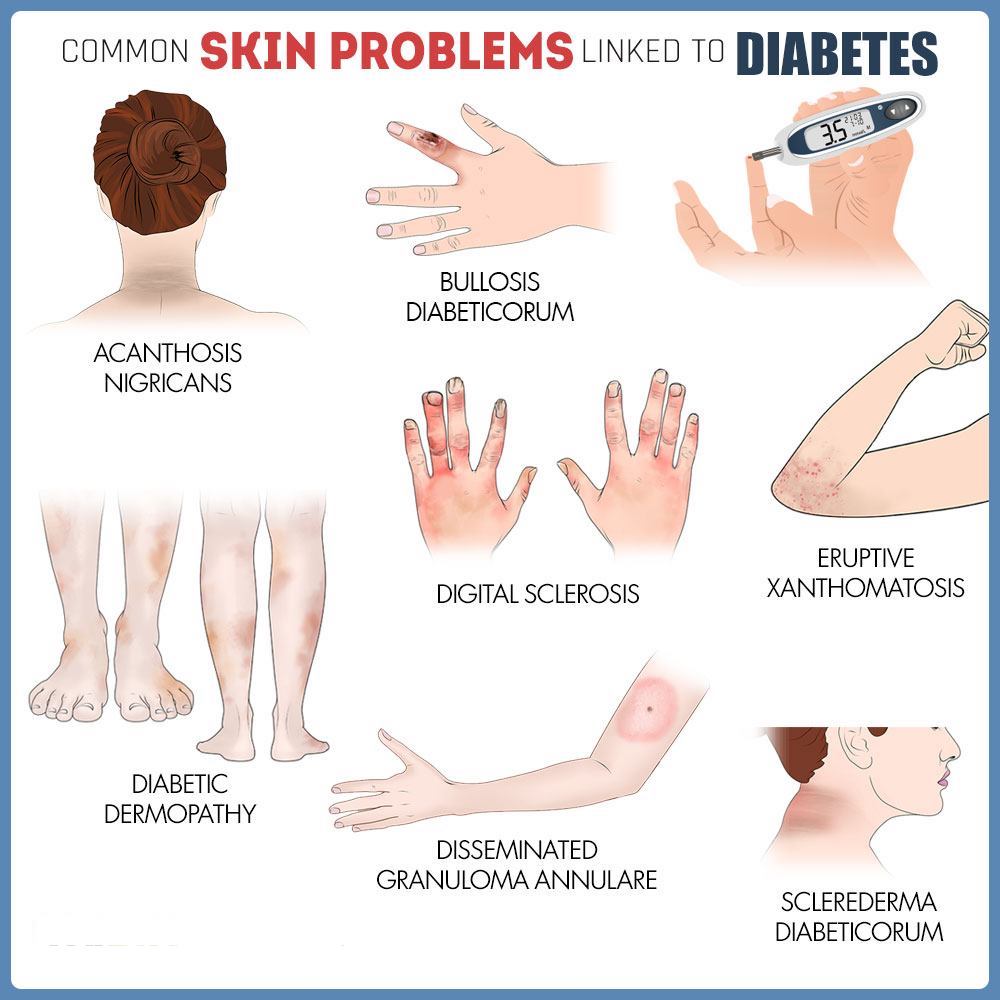If you notice any unusual changes in your skin, it’s important to see your doctor. Early diagnosis and treatment are key to preventing serious complications.
Did you know that diabetes can affect many parts of your body, including your skin? In fact, skin changes are one of the most common signs of diabetes. Learn about the signs of diabetes that can appear on your skin.
The skin is the largest organ of the human body. It’s packed with nerves and blood vessels that allow us to sense touch, temperature, pain, and pressure. Diabetes can affect the nerves and blood vessels in your body, including those in your skin. Changes in your skin can be a sign that something is going on beneath the surface.
When diabetes affects your skin, it’s often a sign that your blood sugar levels are too high over time. Some skin changes can appear even before you’ve been diagnosed with diabetes. Others could be a sign that your diabetes treatment needs to be adjusted. Either way, you’ll want to make an appointment with a doctor to be screened for diabetes or to talk about adjusting your treatment. They can help you prevent serious complications with your skin and other parts of your body.
Keep reading to learn about 9 skin conditions that can occur with diabetes and what you can do to treat or prevent them.
1. Acanthosis nigricans (AN)
This skin condition causes a dark patch or band of velvety skin that can appear in body creases such as your neck, armpits, or groin. Sometimes the patches can also appear on your hands, elbows, or knees.
What causes it: AN is a sign of insulin resistance and can be a sign of prediabetes or type 2 diabetes. It is common in people who have obesity.
What to do: Some creams can help make the spots look better, but the most effective treatment is to address the root cause, like obesity or insulin resistance. Lifestyle changes such as being physically active and maintaining a healthy weight can help reverse insulin resistance.
2. Diabetic dermopathy
This condition is also known as shin spots, and it’s harmless. The spots look like red or brown round patches or lines in the skin and are common in people with diabetes. They appear on the front of your legs (your shins) and are often confused with age spots. The spots don’t hurt, itch, or open up.
What causes it: Diabetes can cause changes in small blood vessels that reduce blood supply to the skin.
What to do: This skin condition is harmless and doesn’t need treatment. If you do have any concerns about shin spots, talk to your doctor.
3. Necrobiosis lipoidica
This condition causes yellow, reddish, or brown patches on your skin. It usually begins as small, raised bumps that look like pimples. As it gets worse, the bumps turn into patches of swollen, hard skin. This skin condition is rare, but if it does develop it can be itchy and painful.
What causes it: The cause of necrobiosis lipoidica isn’t completely clear, but women are more likely to have it than men. It usually develops when changes in fat and collagen (a fiber-like protein in your body) happen beneath the skin’s surface.
What to do: There is no cure for the condition, so treatment is focused on managing signs and symptoms. In the early stages, topical steroid creams can be used to keep it from getting worse. You’ll want to talk with your doctor so they can find the right treatment plan for you.
4. Bullosis diabeticorum (diabetic blisters)
This condition looks like burn blisters. They can develop on your lower legs and feet, and sometimes on your arms and hands. They can look scary, but they are painless and usually heal on their own.
What causes it: The cause of diabetic blisters is unknown. They can appear with no known injury to the skin. You’re more likely to get diabetic blisters if your blood sugars levels are high over time.
What to do: Most blisters heal on their own without leaving a scar. Daily inspection of your feet and skin is the best way to find early signs of blisters. The best way to prevent them from developing or getting worse is to bring your blood sugar down to normal levels.
5. Eruptive xanthomatosis
This condition causes small, reddish-yellow bumps on the back of your hands, feet, arms, legs, and buttocks. They can be tender and itchy.
What causes it: This condition is rare. It’s caused by having high levels of cholesterol and triglycerides (fat in the blood).
What to do: The best treatment is to bring blood fat levels under control. Your doctor may also want to prescribe medicine to help lower your cholesterol. Talk to your doctor about having your cholesterol checked so that you can take steps to prevent high cholesterol.
6. Digital sclerosis
This condition starts with tight, thick, waxy skin on your fingers and can cause your finger joints to become stiff and hard to move. If blood sugar levels remain high, digital sclerosis can cause your skin to become hard, thick, and swollen and can spread throughout your body.
What causes it: This condition is more common in people with type 1 diabetes who have high blood sugar levels.
What to do: The only treatment for digital sclerosis is to bring blood sugar levels down into the normal range. Physical therapy may help improve the range of motion of affected joints.
7. Bacterial infections
Bacterial infections cause tissue (cells that make up organs and other body parts) to become inflamed, hot, swollen, red, and painful. Common bacterial infections include those on the eyelids, hair follicles, and fingernails.
What causes it: Anyone can get a bacterial infection, but people with diabetes tend to get more than people without diabetes. Bacteria thrive when there is too much glucose (sugar) in the body. A common type of bacteria responsible for bacterial infections in people with diabetes is staphylococcus (staph).
What to do: Bacterial infections usually can be treated with antibiotics. Keeping your blood sugar levels within the normal range can help you avoid infections. Healthy eating, getting physical activity, and taking your medicine as instructed can help you manage your blood sugar.
8. Fungal infections
Fungal infections create itchy rashes surrounded by tiny red blisters and scales. They usually develop in warm, moist folds of the skin. Common fungal infections include jock itch, athlete’s foot, ringworm, and vaginal infections.
What causes it: Like bacterial infections, anyone can get a fungal infection, but they are common in people with diabetes. Fungal infections are more likely to occur when blood sugar levels are high.
What to do: Talk to your doctor about prescription or over-the-counter medicine that can help treat fungal infections. Keeping blood sugar levels within the normal range by checking your blood sugar often, eating healthy, and getting regular exercise is the best way to prevent fungal infections.
9. Dry, itchy skin
This skin condition is common, even for people who don’t have diabetes. But dry, itchy skin can be a result of poor circulation, which is more likely when you have diabetes.
What causes it: Too much sugar in the blood causes the body to pull fluid from its cells so that it can produce enough urine to remove the excess sugar. This can make your skin dry.
What to do: You’ll want to monitor your blood sugar levels and keep them in your target range as much as possible. It also helps if you limit your time in the shower, use mild soaps, and use lotion after showering. Exercise is one of the best ways to improve circulation—and has many other health benefits.
Be Good to Your Skin
Skin is a good indicator of health. If you notice any unusual changes in your skin, it’s important to see your doctor. Early diagnosis and treatment are key to preventing serious complications from skin problems caused by diabetes.


